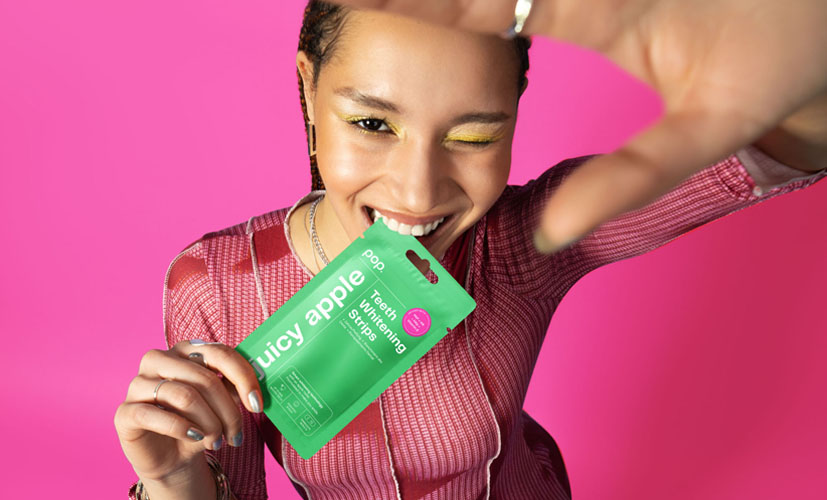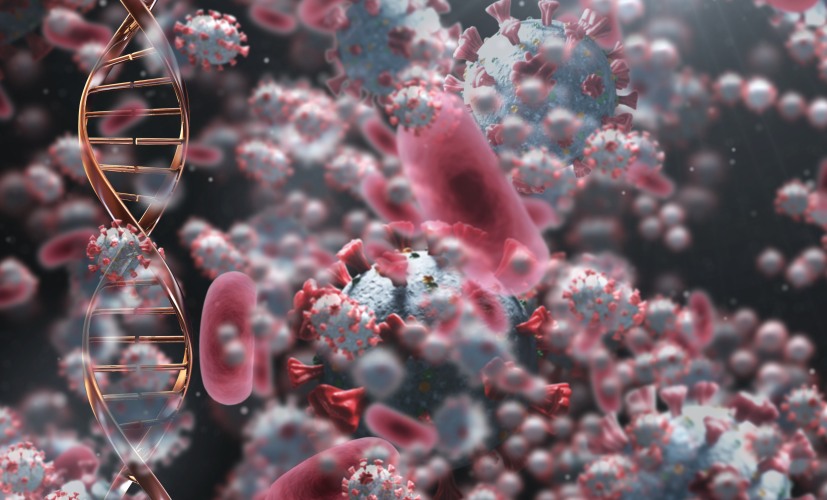
Dry hands, chapped lips, rough cheeks and the feeling your skin isn’t your own. Does this sound familiar? Low temperatures pose the real challenge for your body, but their greatest effect is on the skin. In combination with wind and snow, low temperatures are even capable of damaging the upper epidermis. Therefore, it requires special care, which can only be insured by the typical ingredients found in winter cosmetics.
You should always look for skin-hydrating products, which can nurture and protect your skin from rough winter conditions. Once you familiarize yourself with all typical substances used in winter cosmetic products, the compatible lotion is easily to be found. More in the following text.
FOR SUFFICIENT HYDRATION
Why does skin get dry in the winter? The cold temperatures cause contractions in the upper blood vessels and thereby lead to a nutrient deficit, while literally sucking out the last drop of blood remaining. The result: a dry, stretched and non-elastic skin, which often cracks and can even start to peel off.
Your skin requires hydrating cosmetics to avoid these undesirable effects. High-quality products of this category always contain at least one of the following ingredients:
Collagen:
This is a natural protein, which builds the structural integrity of skin cells. Its presence is directly correlated with the ability of the skin cells to remain healthy and resists the rough winter temperatures. The lack of collagen leads to dry and wrinkly skin, hence its additional use in modern ‘’anti-aging’’ products.
Collagen is irreplaceable, as it can bind a great amount of water. This helps it to rapidly reduce unevenness in the skin. It works in the deeper epidermis tissues, stimulates the regeneration of skin cells and keeps the skin-tight and elastic, which in turn makes it much more durable against lower temperatures.
Glycerine
A side product of soap production, it has a natural origin: Gained by hydrolysing natural fats (most often from coconut or palm oil), glycerine’s natural property to attract surrounding moisture is the reason it is referred to as a ‘’natural moisturizer’’. Furthermore, it stimulates the removal of dead skin cells and makes the skin smooth and elastic, even in the winter.
But beware! Glycerine has highly absorbing properties and if there is no surrounding moisture, it starts to absorb that of your skin. Therefore, it shouldn’t be used in areas with a dry climate. If you happen to live in an area with higher humidity however, it can be the perfect ingredient for your skin product of choice.
Hyaluronic acid
This wonder molecule in our bodies is one of the main building substances of the dermis (the deeper skin tissues). It can bind an incredible amount of water molecules, from 1000 to 4000 times its own weight, but its greatest property by far is the slow release of said water, thereby insuring a constant hydration and the transport of oxygen and nutrients to the cells. Hyaluronic acid can also bind collagen, making it a real ‘’magical’’ aid in modern dermatology.
The acid also assists in tissue and wound regeneration, which is very important for any skin type susceptible to cracking. Last but not least, it stimulates the forming of collagen and elastic fibres, which keep the skin-tight and soft.
Urea
Urea, also known as carbamide, is an organic compound found in the urine of mammals, which fact is often met with mixed feelings. The cosmetics industry however uses urea synthesised in laboratories, making it non- organic. It is proven to be completely safe and non-allergenic, as well as quite helpful against dry and atopic skin.
The main function of urea is its ability to keep the pH level of the skin balanced and enabling healthy substances to enter the deeper tissues of the epidermis and the dermis. This way it not only eases the access of moisture and nutrients into the cells, but actively transports all compounds of the product you are using.
NURTURING AND PROTECTION
Hydration alone is usually completely sufficient in keeping the skin healthy and boosting its natural protections. But not in the winter! Dermatologists like to say the skin too requires ‘’clothing’’ and it is therefore extremely important which lotion you use, before confronting it with negative temperatures, icy wind and wet snow.
To protect and nurture your cold exhausted skin you need cosmetics with a more dense and fatty texture. These products form a tiny protective layer, which retains the water balance achieved by good hydration skin care. They normally contain a set of natural essential and plant-based oils, as well as a number of healthy nutrients, such as those already mentioned above.
Ceramides
Ceramides are fatty lipid molecules, which are the main building blocks of the cellular membrane. Their main function is to slow the aging process and the appearance of wrinkles, as they form the main protective barriers of the skin, retain the thickness of the epidermis and prevent cell dehydration. The problem is, after a certain age, Ceramide production suddenly stops, while the gathered reserves rapidly disappear, thereby causing the skin to wrinkle and people to appear older.
Ceramides are a necessary part of facial winter cosmetics, as they greatly affect the skin appearance, shield it from unfavourable external influences (as well as from dry air in overheated rooms) and are able to regenerate the skin even on a molecular level.
Vitamin E
Few people are aware of its extreme anti-oxidative properties. Vitamin E can individually access skin layers and hydrate them from within, while aiding regeneration of various skin cell structures.
Vitamin E is irreplaceable in the world of cosmetics because it effectively relieves irritations, caused by wind and snow. It also improves the blood-supply in the skin, delivering oxygen and nutrients, thereby quickly removing wounds and cracks.
Shea oil
Also called ‘’African gold’’, it is extracted from seeds found in the fruits of shea trees, which are considered to be holy in Africa (probably not a coincidence, the literal translation is ‘’life’’). Shea oil is rich in nutrients, saturated fatty acids and vitamins, finding a wide spectre of application not only in cosmetics, but in the food industry as well.
The oil is a real treasure in nature because it not only nurtures but also beautifies the skin. Thanks to its high Vitamin A contents, it stimulates collagen production and aids the regeneration of skin cells. The high acidic contents make the skin tighter and elastic, also returning its natural beauty. During the winter, shea oil acts as a protective barrier against cold and moisture without clogging pores, making it perfect for daily use.
Beeswax
Surely, you’ve witnessed it in the form of beautiful Christmas candles, but maybe you have not yet considered the fact it was used in the last lipstick you bought. Beeswax, along with all bee products, have been used in female skin care for centuries, due to their irreplaceable properties of simultaneous hydration, nurture and protection of the skin against all unfavourable external conditions in nature.
Beeswax’s main function is building a water-proof protective layer on the skin, which not only retains moisture, but also nurtures, relieves and softens. Due to its thicker structure, it is often used as an emulsifier and thickener in cosmetics. It is also necessary to produce lotions with thicker consistency, lip-lotions and lipsticks.





